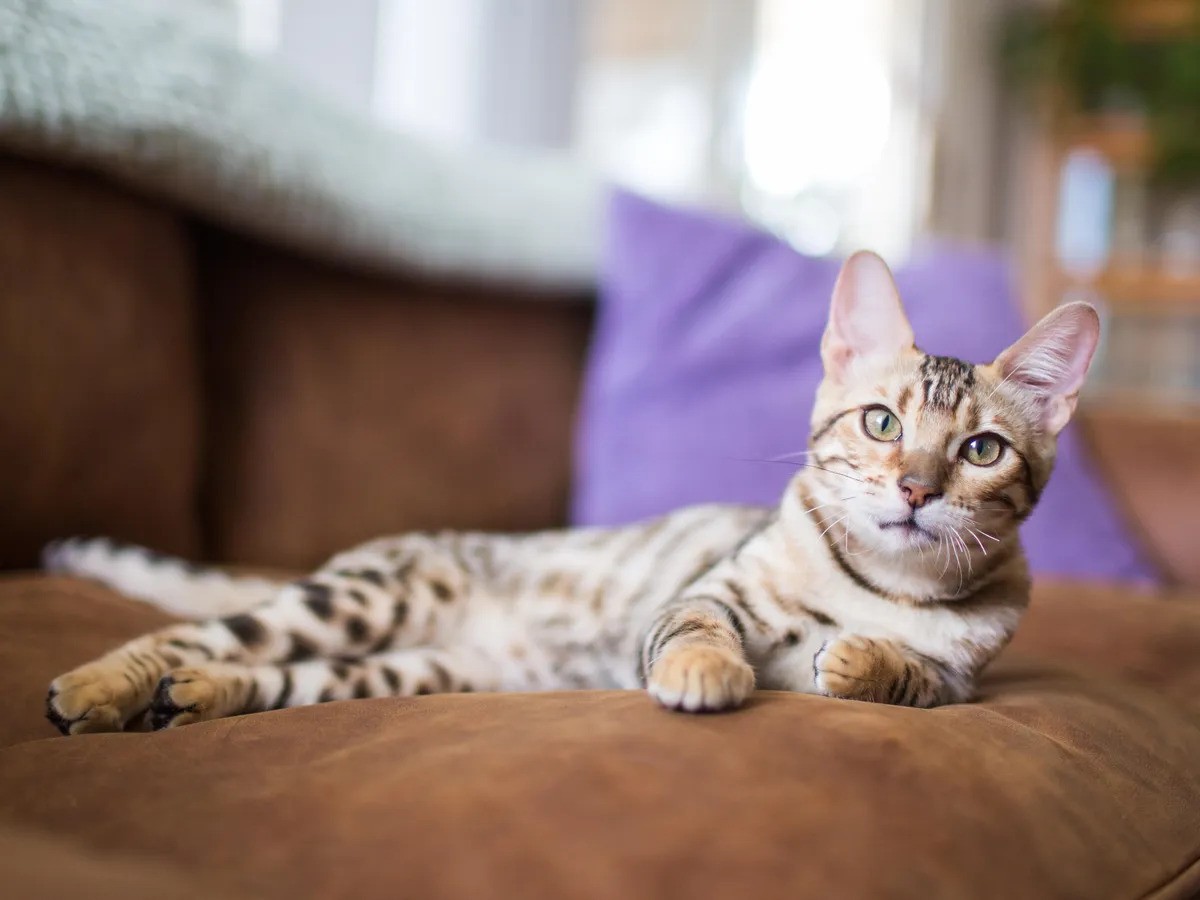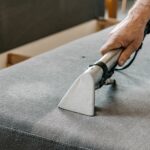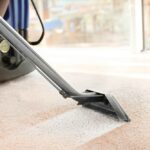More than half of UK households have pets – and most of us pet owners like nothing more than snuggling up with our furry companions on the sofa. But this can, inevitably, lead to sofas, settees and chairs looking a little dirty over time, from muddy paw prints, odours, pet fur and pet urine. Getting rid of pet stains from your sofa can be an ongoing challenge, but fortunately one that’s made a lot easier with help from our professional London upholstery cleaners.
Here are a few tips and tricks to help deal with pet stains in your sofa.
1. Don’t leave stains to linger
Whether a bouncy new puppy has knocked over your drink onto the sofa, or it’s rolled in mud outside and flopped down on your cream-coloured couch, whatever pet stains have ended up in your sofa, it’s essential to deal with them as soon as they occur.
New stains are much easier to eradicate than old ones, so be vigilant and check your sofa regularly and act fast to sort out stains before they set into the sofa. Bear in mind, also, that most insurance policies won’t cover you for pet damage to your sofa, so if you’ve spent a lot of money on a new sofa suite, tackling pet stains as soon as possible will reduce the risk of damage to it.
Before attempting to clean up any pet mess from your sofa, make sure you know what fabrics you’re dealing with, and what you can, or can’t, use to clean it. You should find the care label for your sofa underneath it or on the underside of a cushion. Some sofa materials will be more straightforward to clean than others, for example, spills and pet fur are much easier to remove from leather sofas compared to other fabric sofas with a dense weave.
If you haven’t got the time or know-how to deal with pet stains in your sofa yourself, find a local upholstery cleaning London business that can offer you a same-day appointment.
2. Vacuum regularly
You can prevent the build up of pet fur and dander in your sofa, which can discolour it over time and may encourage odours to develop, by vacuuming sofa fabrics once or twice per week, using a special attachment. Make sure to vacuum all sections of the sofa, and if you spot any stains on removable cushion covers that can be washed, follow the correct washing guidelines to ensure fabrics don’t shrink or become discoloured.
3. Identify the stain
In order to remove pet stains from your sofa, first of all you need to identify the source of the stain or dirt, to decide how to effectively treat it.
If the stain is a liquid one, such as pet urine, your first job is to blot up the excess liquid using an absorbent cloth or kitchen towel. For solid stains, like vomit or mud, get a blunt knife or spatula to scrape up as much of the solid matter as possible, before blotting to soak up any residue liquid. It’s a good idea to wear a pair of gloves when dealing with pet stains!
Always dab gently when blotting up spills or mess, and never rub at fabrics, as you might damage your sofa, or cause the stain to extend beyond its original size.
4. Homemade remedies
Many of the cleaning solutions you can use to remove pet stains from your sofa can be found at home in your kitchen cupboard. For example, a lot of pet owners swear by mixing together equal parts of white vinegar and water and adding the solution to a spray bottle, before applying to the stain. After leaving the solution to sit for a while, it can then be removed by blotting with a clean, damp cloth.
It’s thought that vinegar works effectively to break down stains and it neutralises odours, so is ideal for tackling any pet stains that may smell.
Baking soda is also revered for its natural ability to get rid of pet stains and odours. Mix a small amount of baking soda to some water to form a paste, and apply to the pet stain. After about 15 minutes, it should have dried and absorbed the stain, so it can then be vacuumed away.
If a stain is a particularly stubborn one, you might achieve successful results by using a mixture of one part hydrogen peroxide with one part water. Apply the solution to the stain, allowing it to soak into the stain for a short while, before blotting it to dry. Be mindful that hydrogen peroxide may cause some fabrics to fade, so always do a patch test first on a hidden part of your sofa, or if you don’t want to take the risk, speak to our experienced London upholstery cleaners for expert guidance and advice.
5. Commercial cleaning products
As well as using homemade remedies to eradicate pet stains in your armchairs and sofas, there are a wide range of commercial products you can buy that are specifically designed to get rid of pet stains and odours from your upholstery. Many of these products contain enzymes that break down stains and neutralise pet odours.
It’s essential to choose a product that is suitable for your particular type of sofa fabric, and to follow the instructions carefully.
However, some shop-bought products may contain chemicals, so if you don’t like the idea of using any chemical products on your sofa, it might be worth seeking an upholstery cleaning London company that uses chemical-free, eco-friendly cleaning solutions, instead.
6. Professional cleaning
Remember, that even if you do decide to remove pet stains yourself using homemade solutions or shop-bought products, there’s no guarantee you’ll get rid of the stains or any odours. There’s also the risk that you might even make the stain look worse, if you don’t use the solution correctly, or if it’s not compatible with the fabrics in your sofa. Odours from pet urine, in particular, can be extremely hard to fully remove, and if you don’t fully eliminate them from your sofa, a pet could end up resoiling the same area again and again.
To avoid the risk of damage to your sofa from DIY cleaning, and to increase your chance of removing pet stains completely, your best bet is always to get your sofa professionally cleaned by an experienced, knowledgeable, professional London upholstery cleaners, such as Carpet Bright UK.







